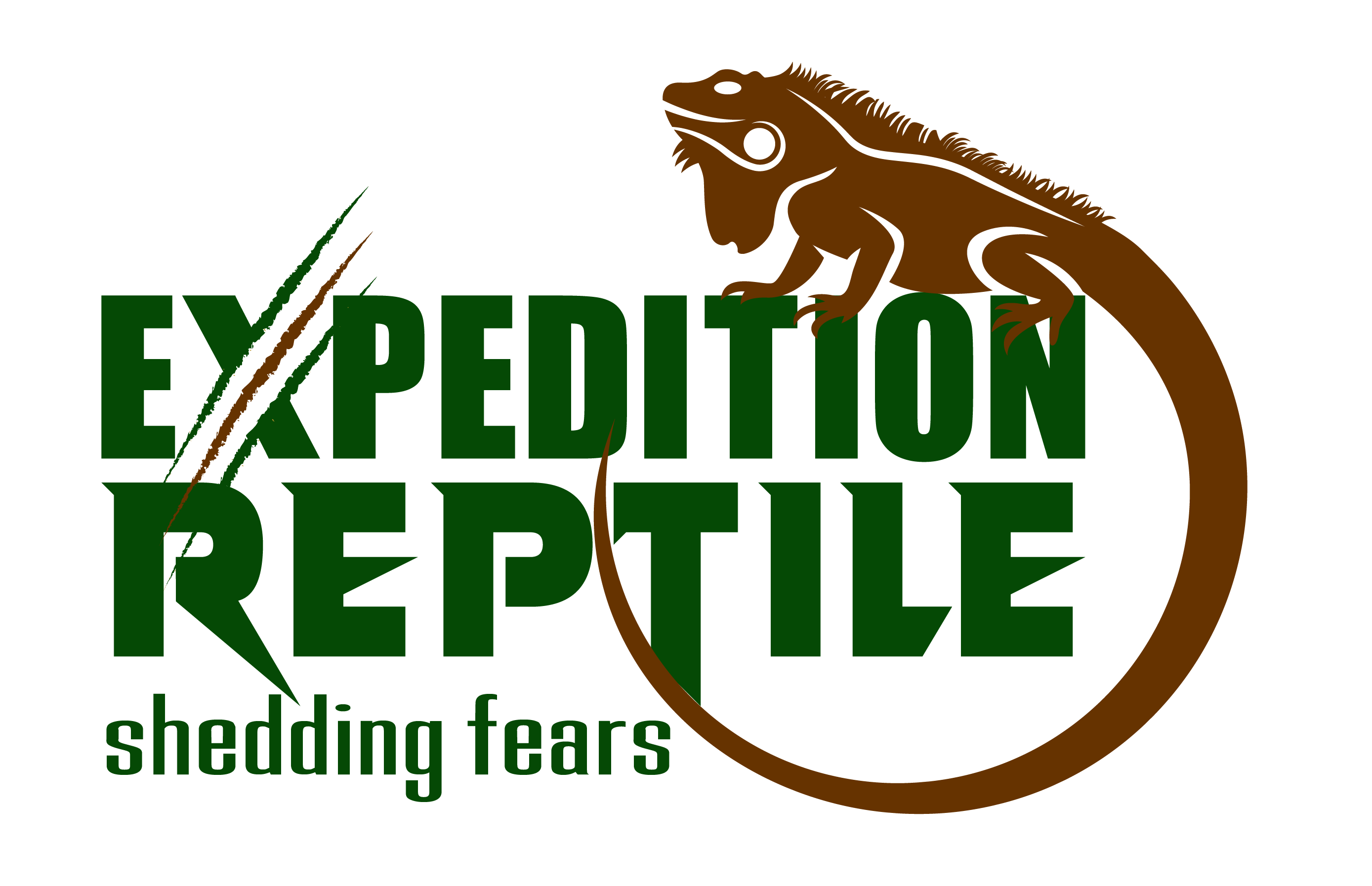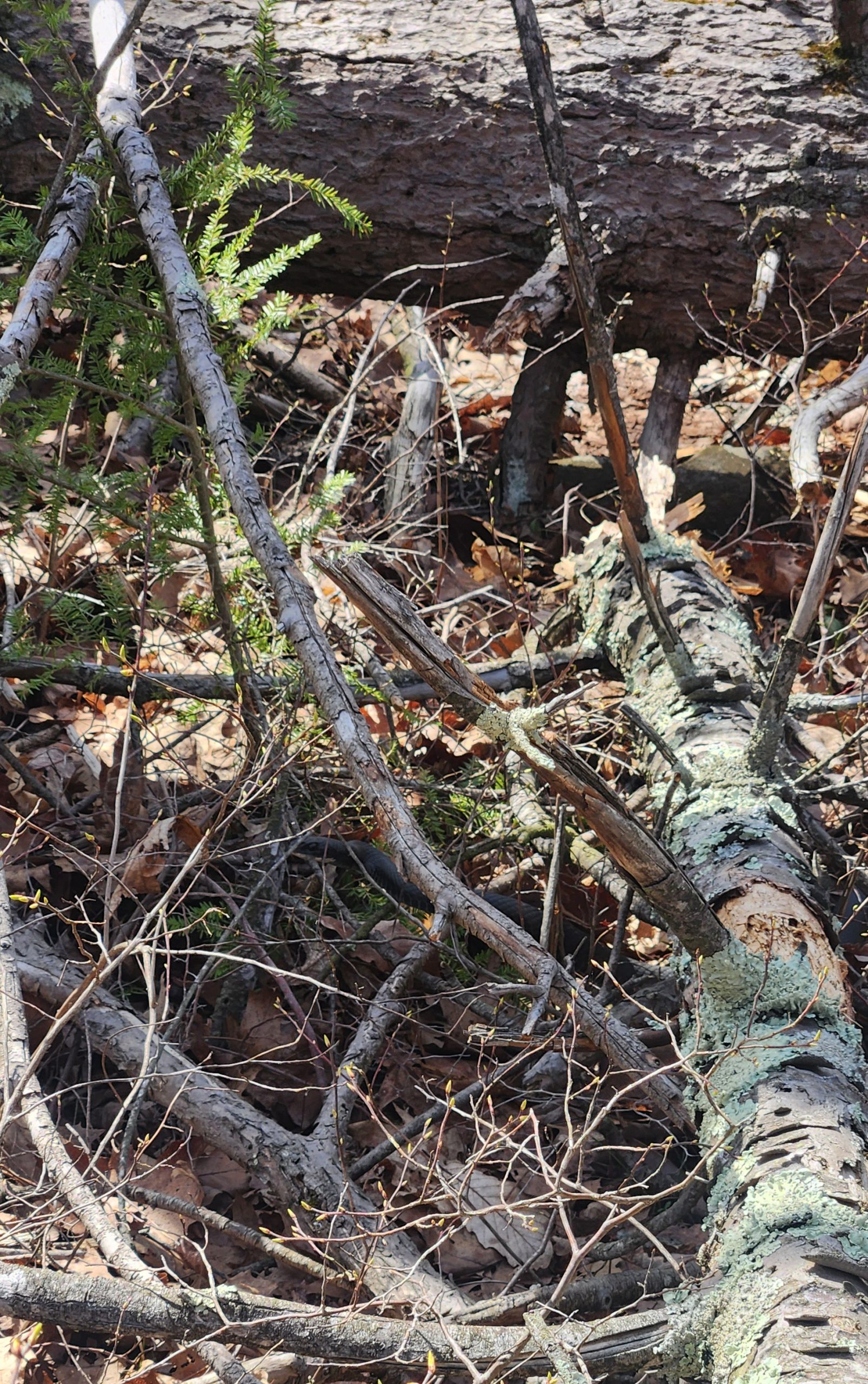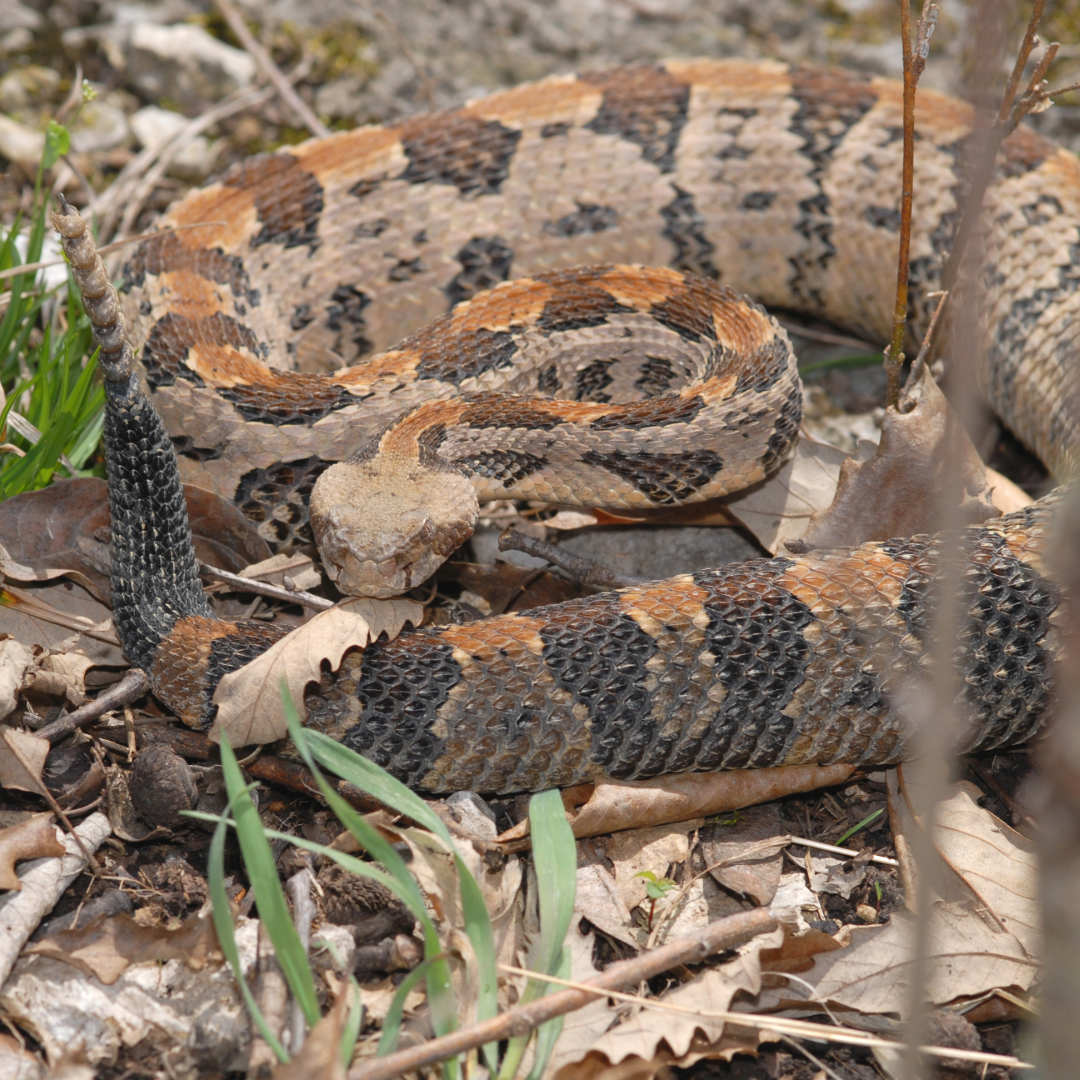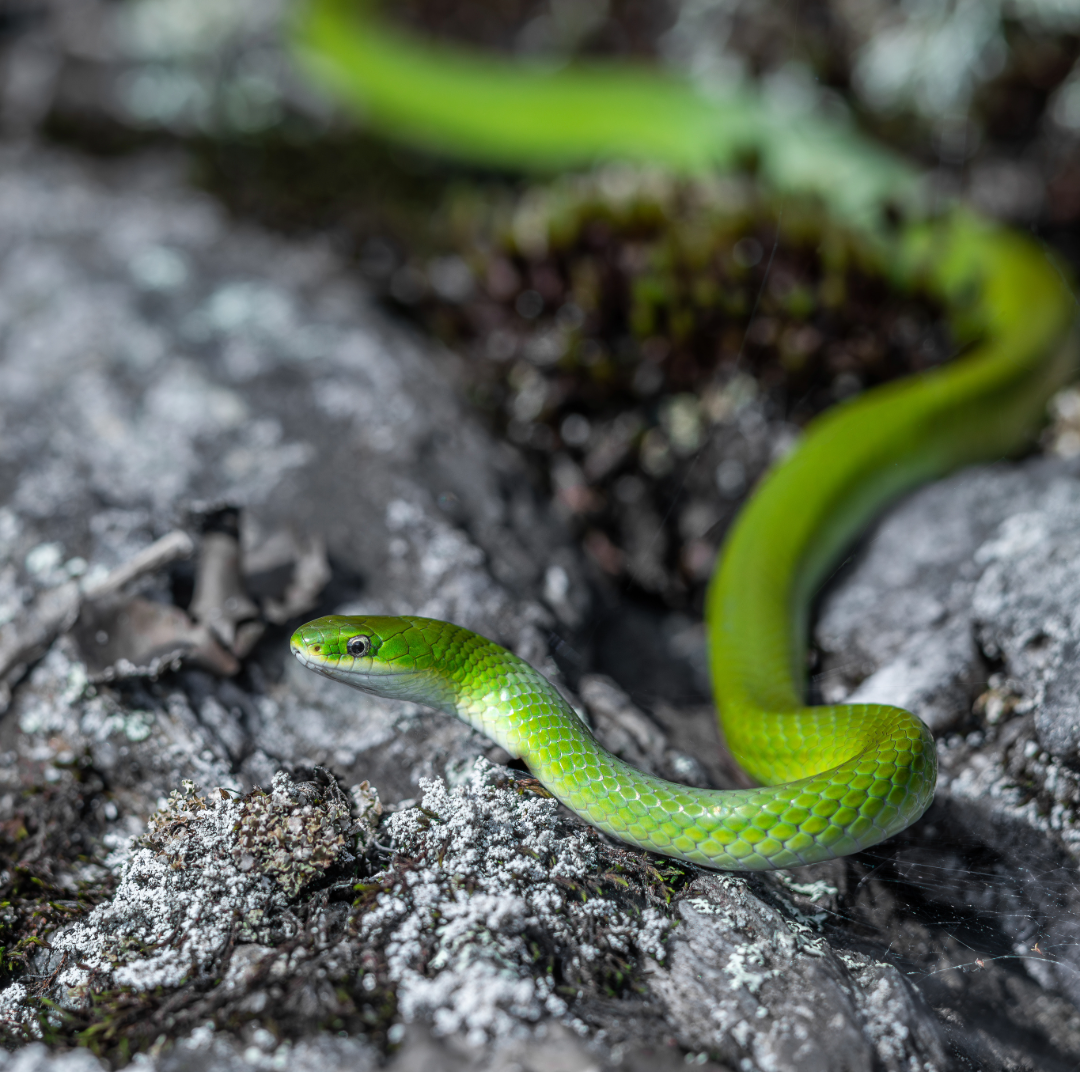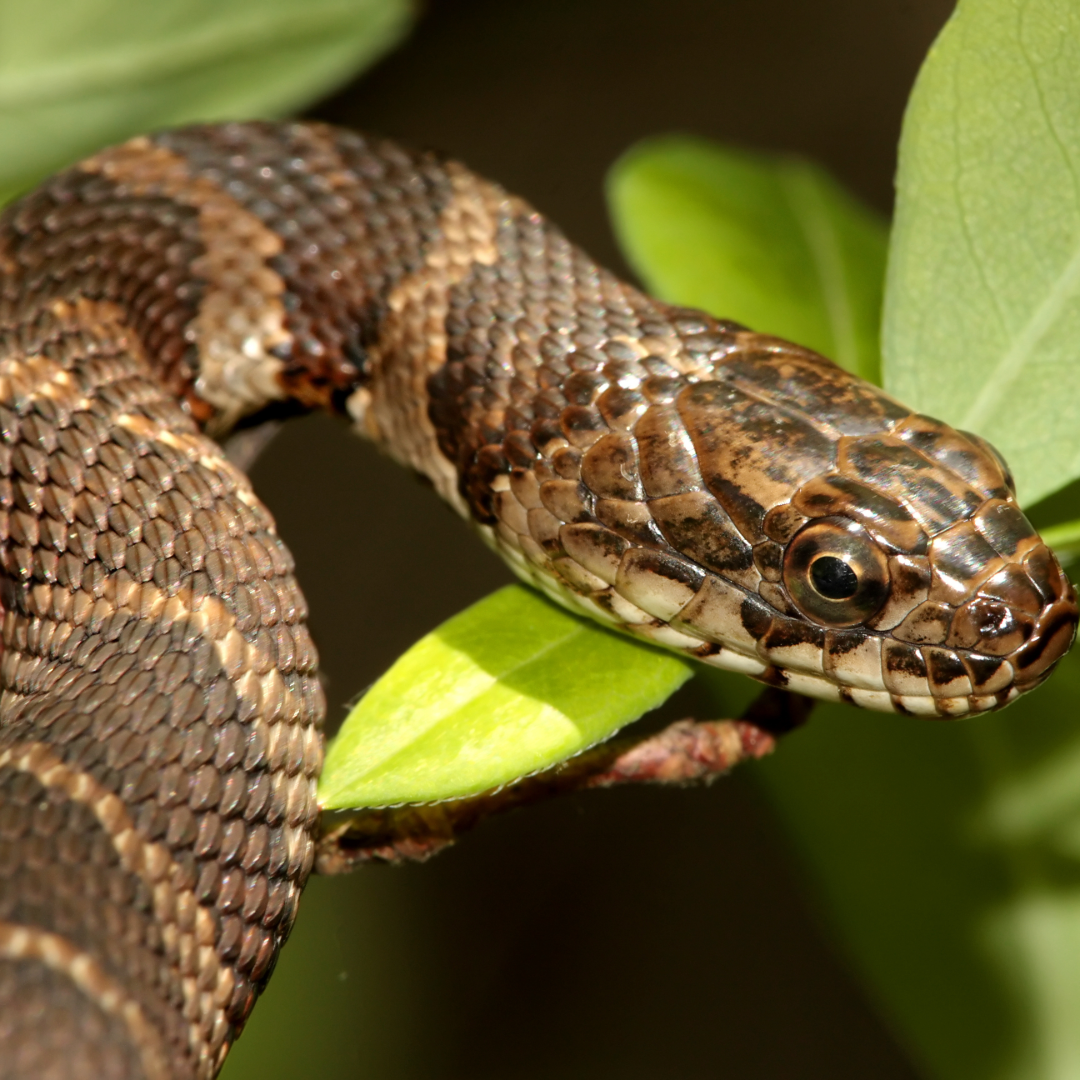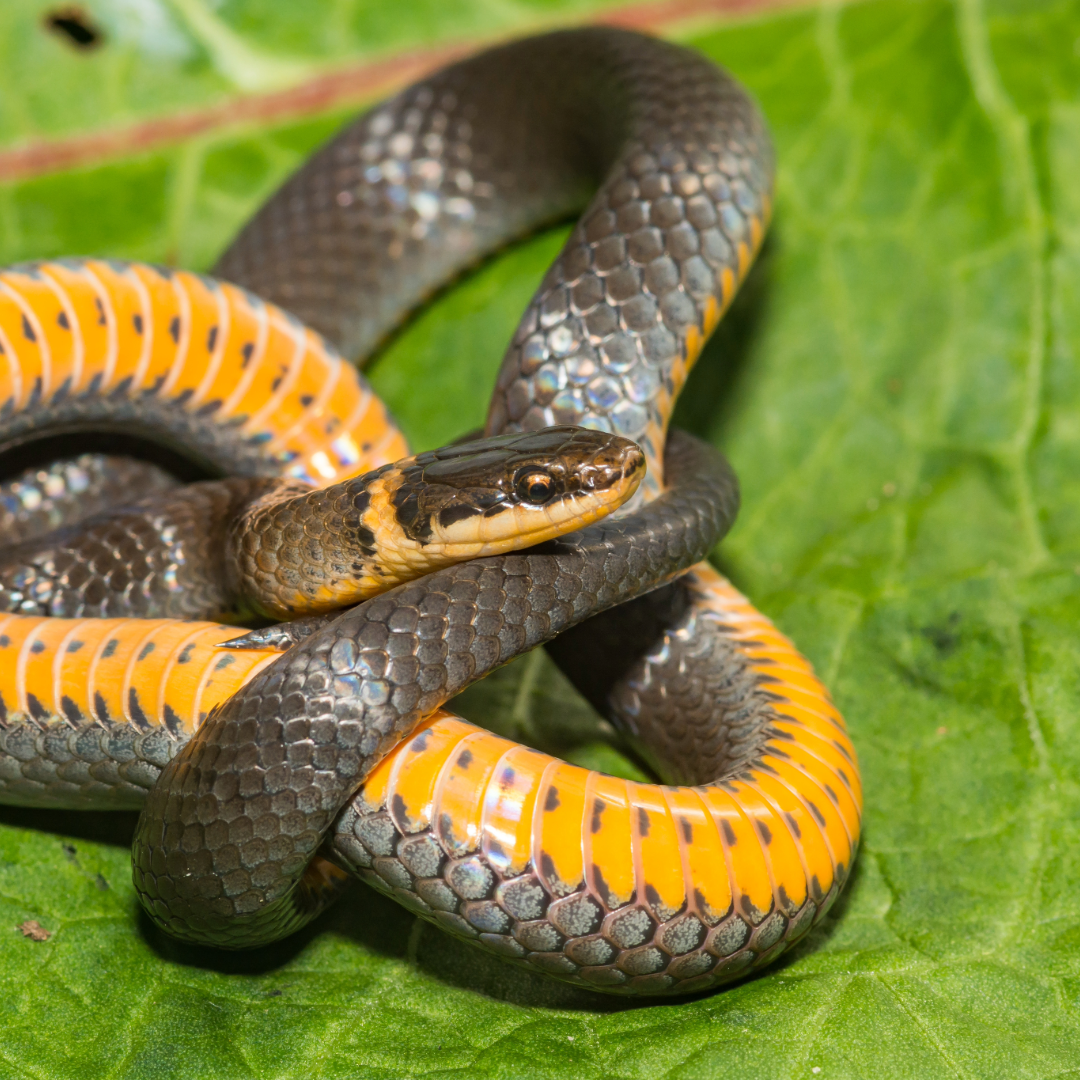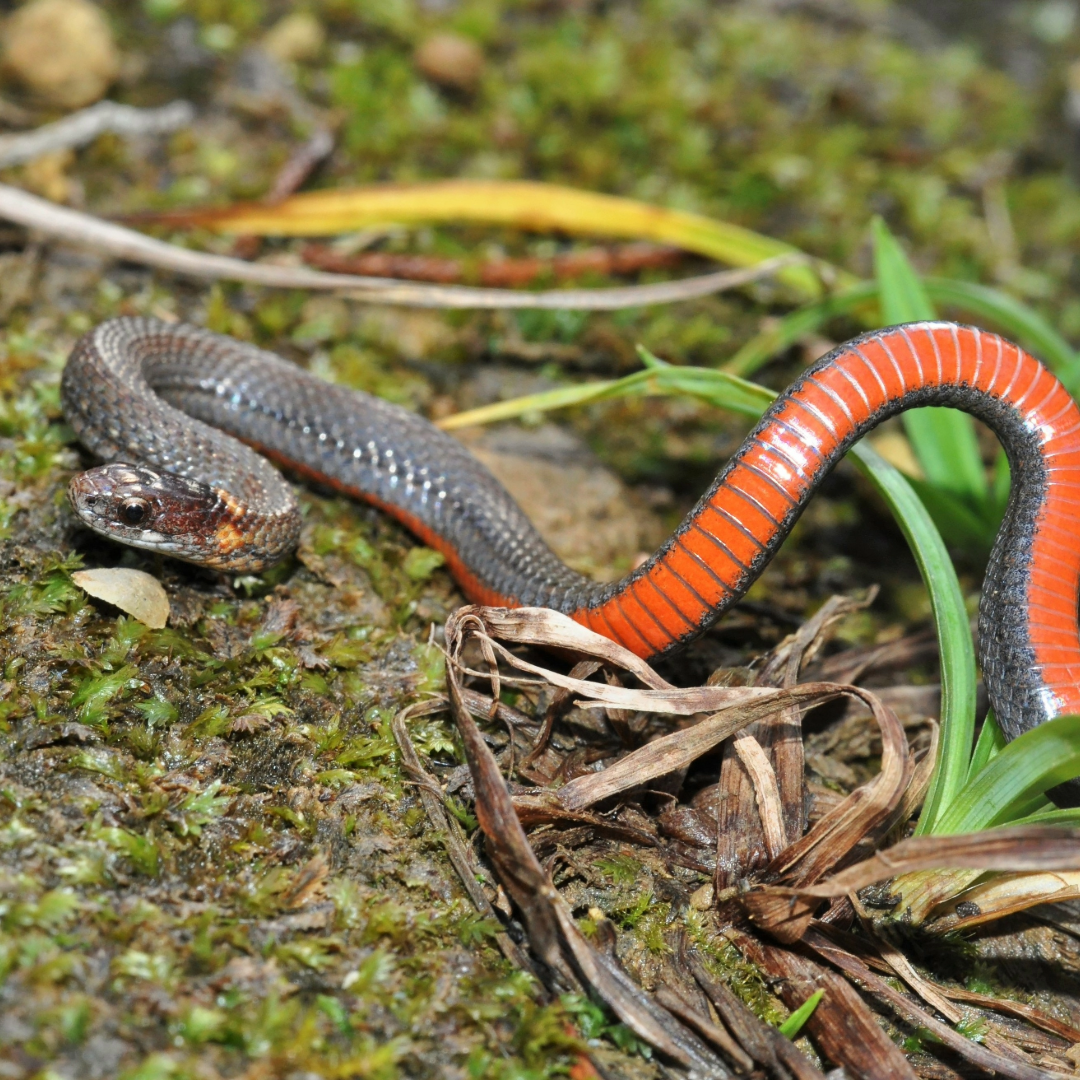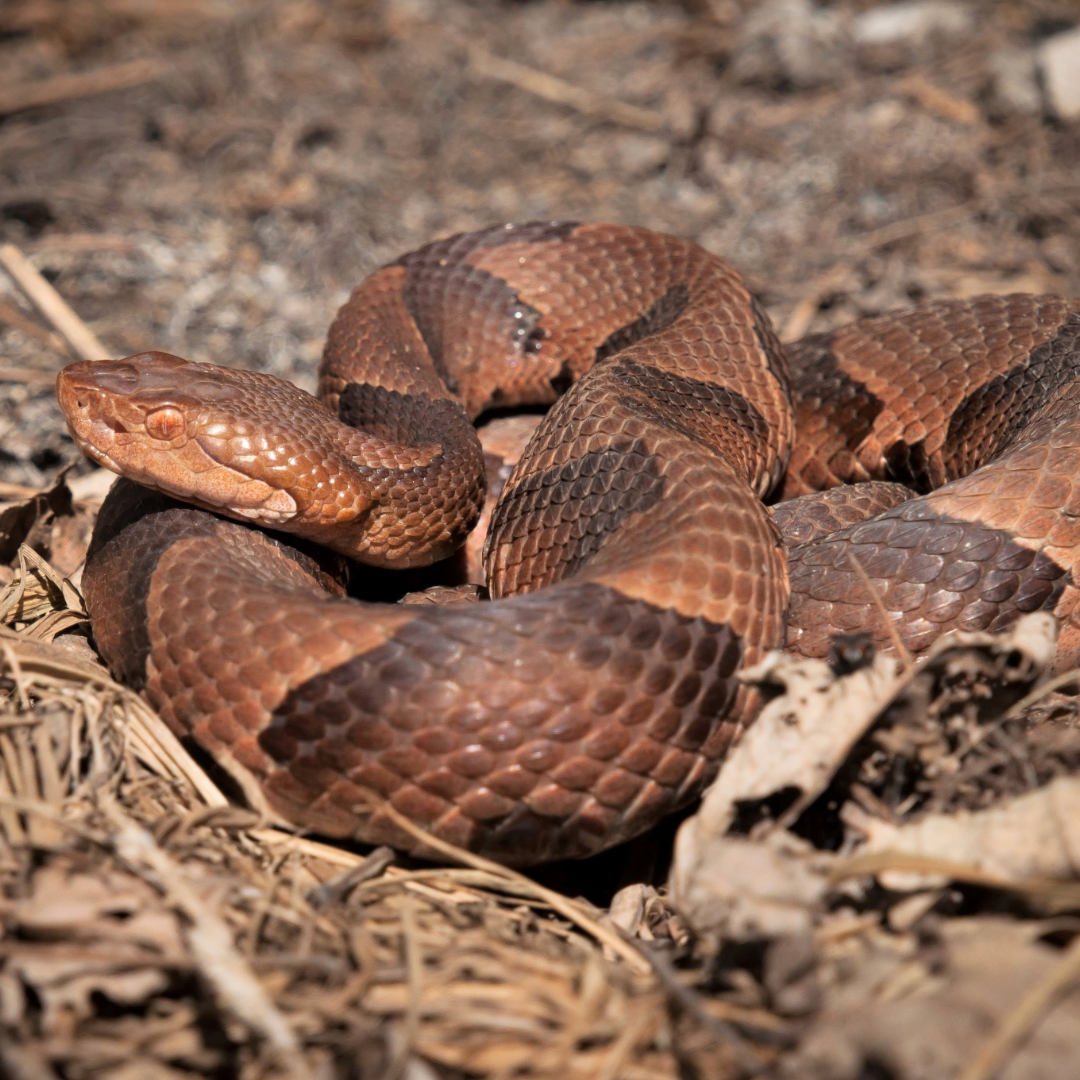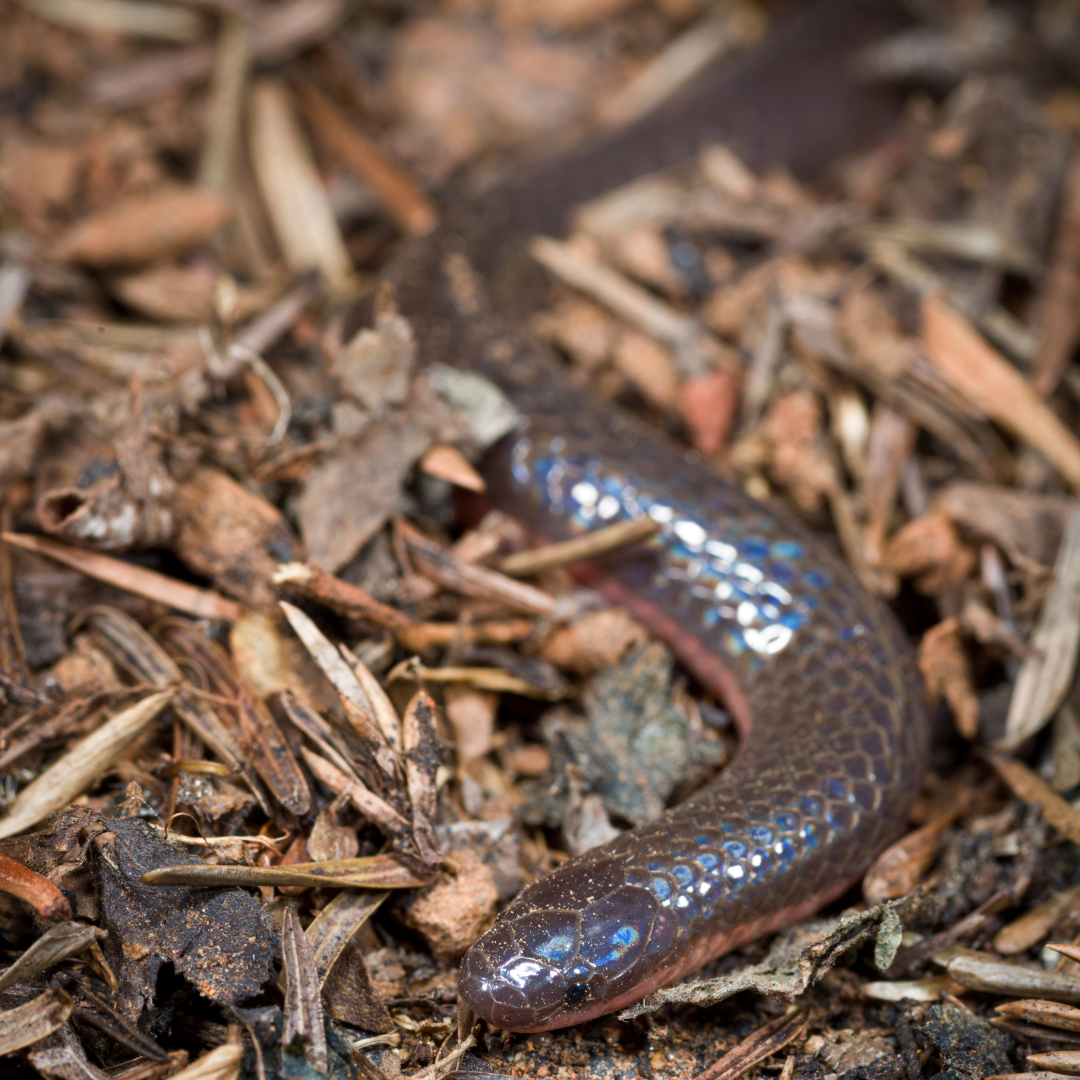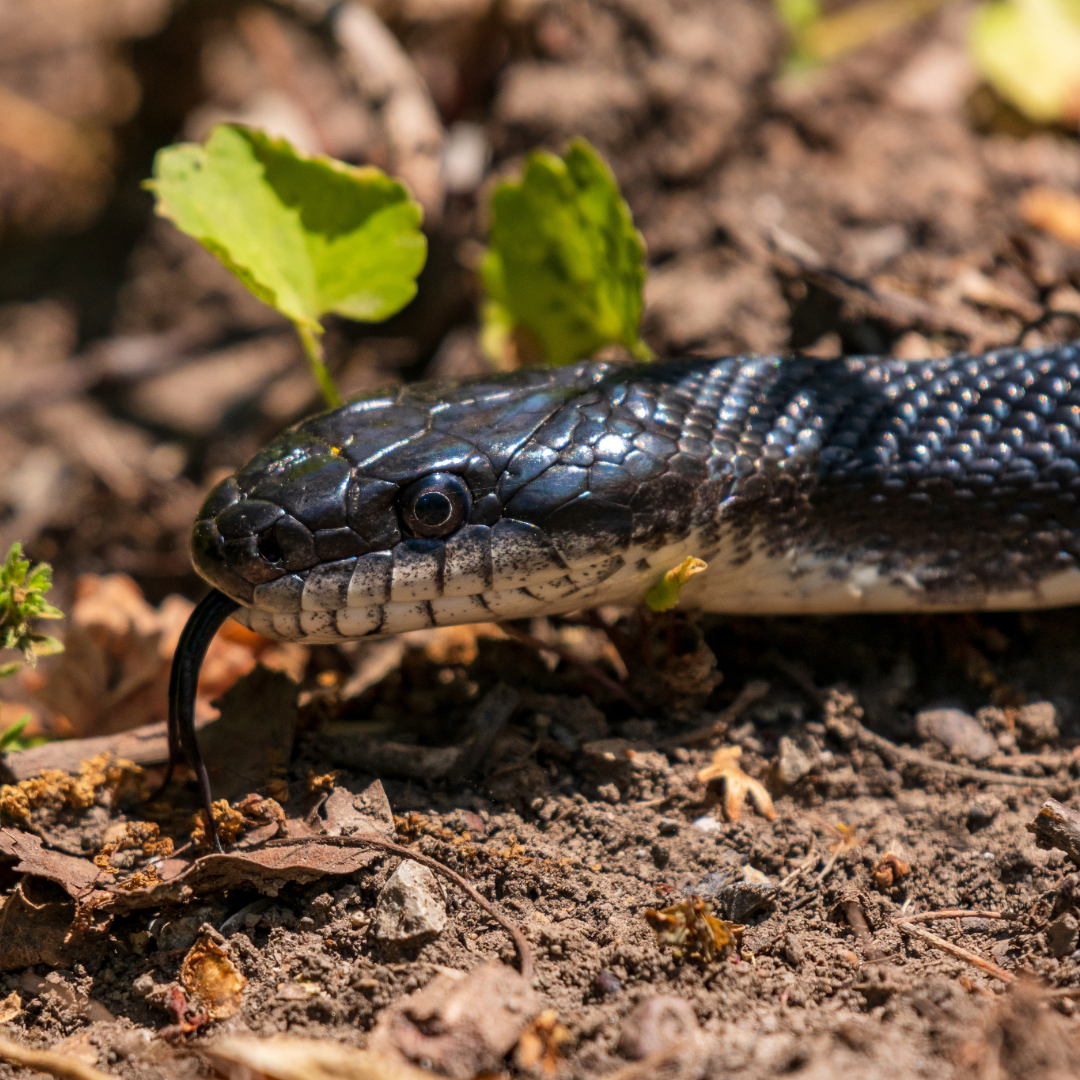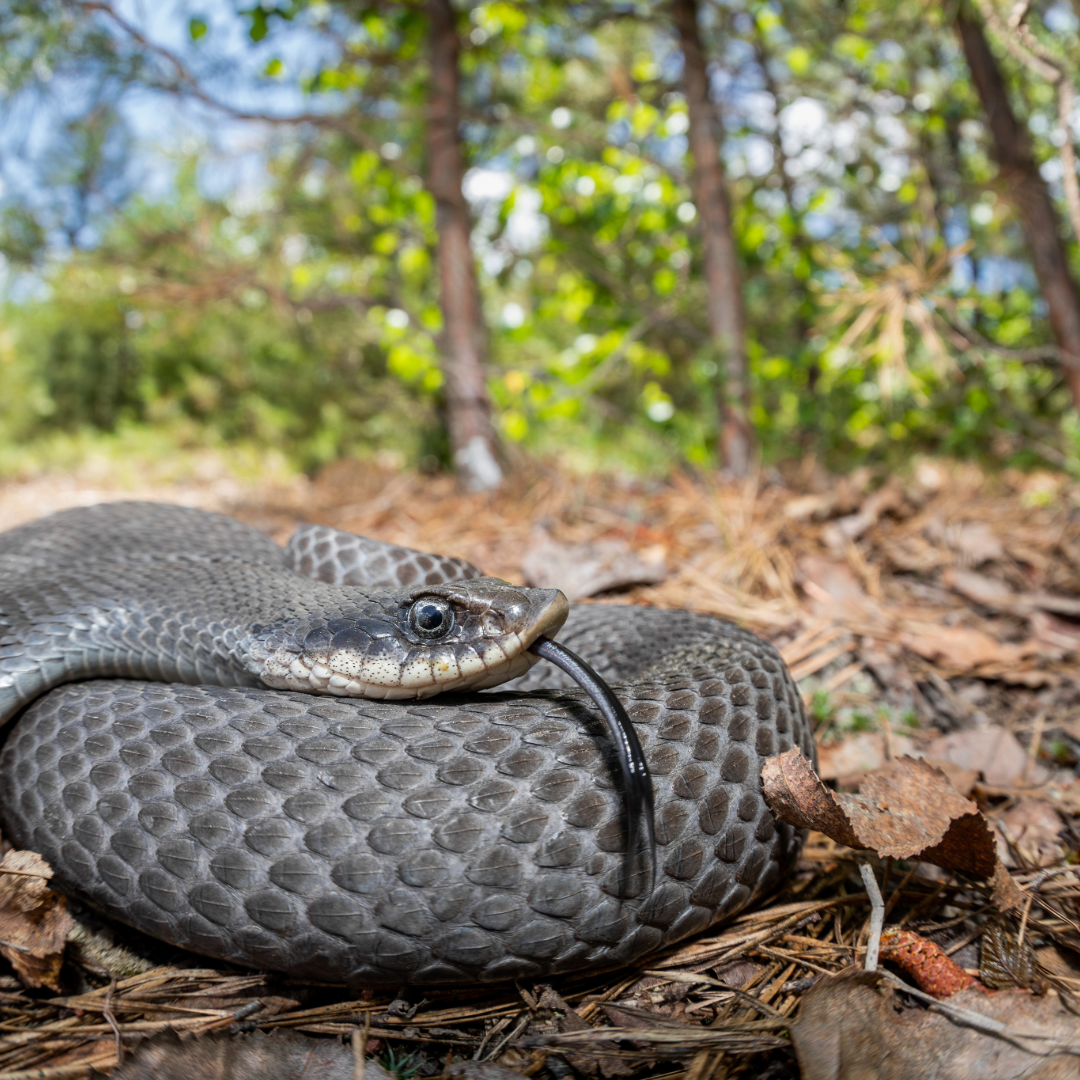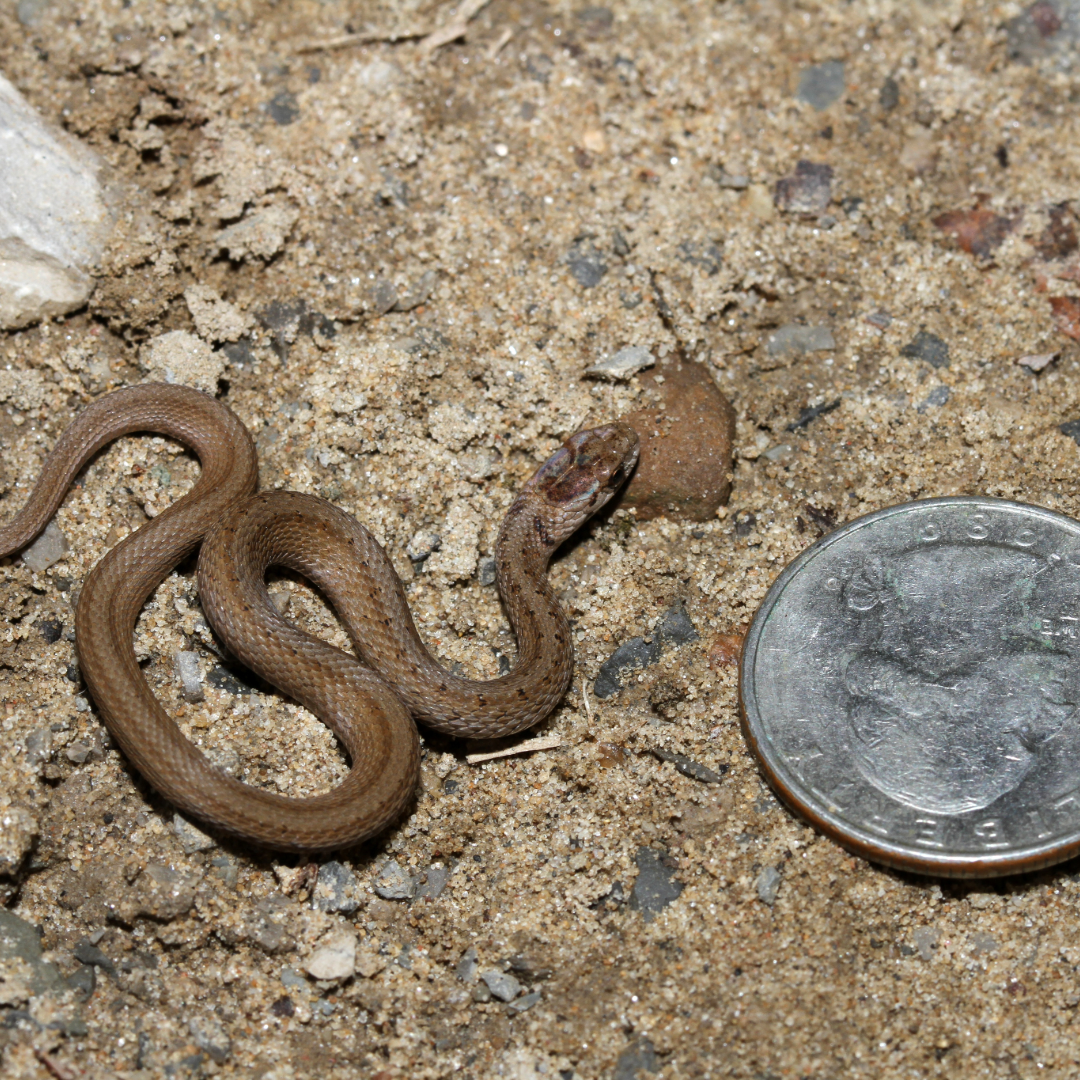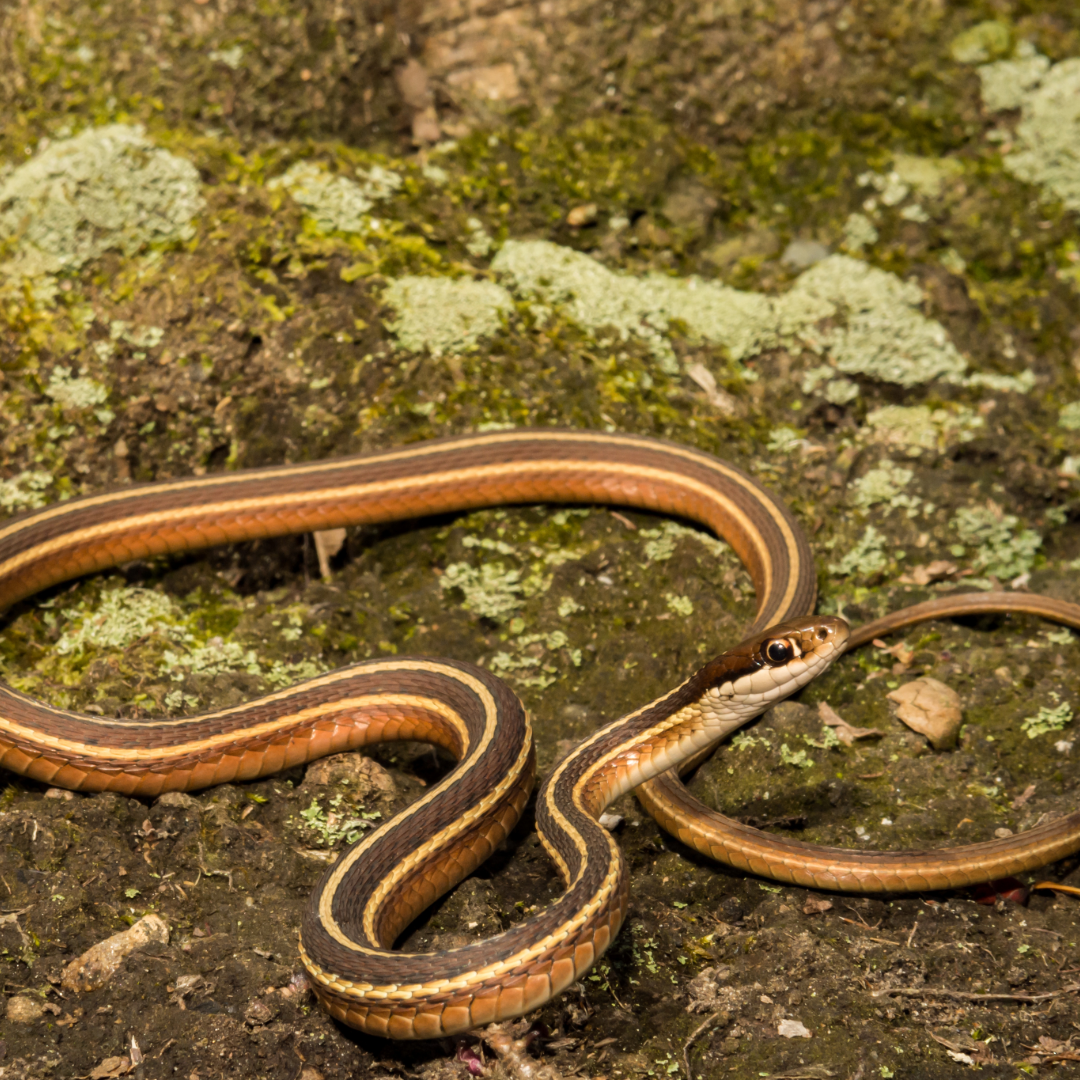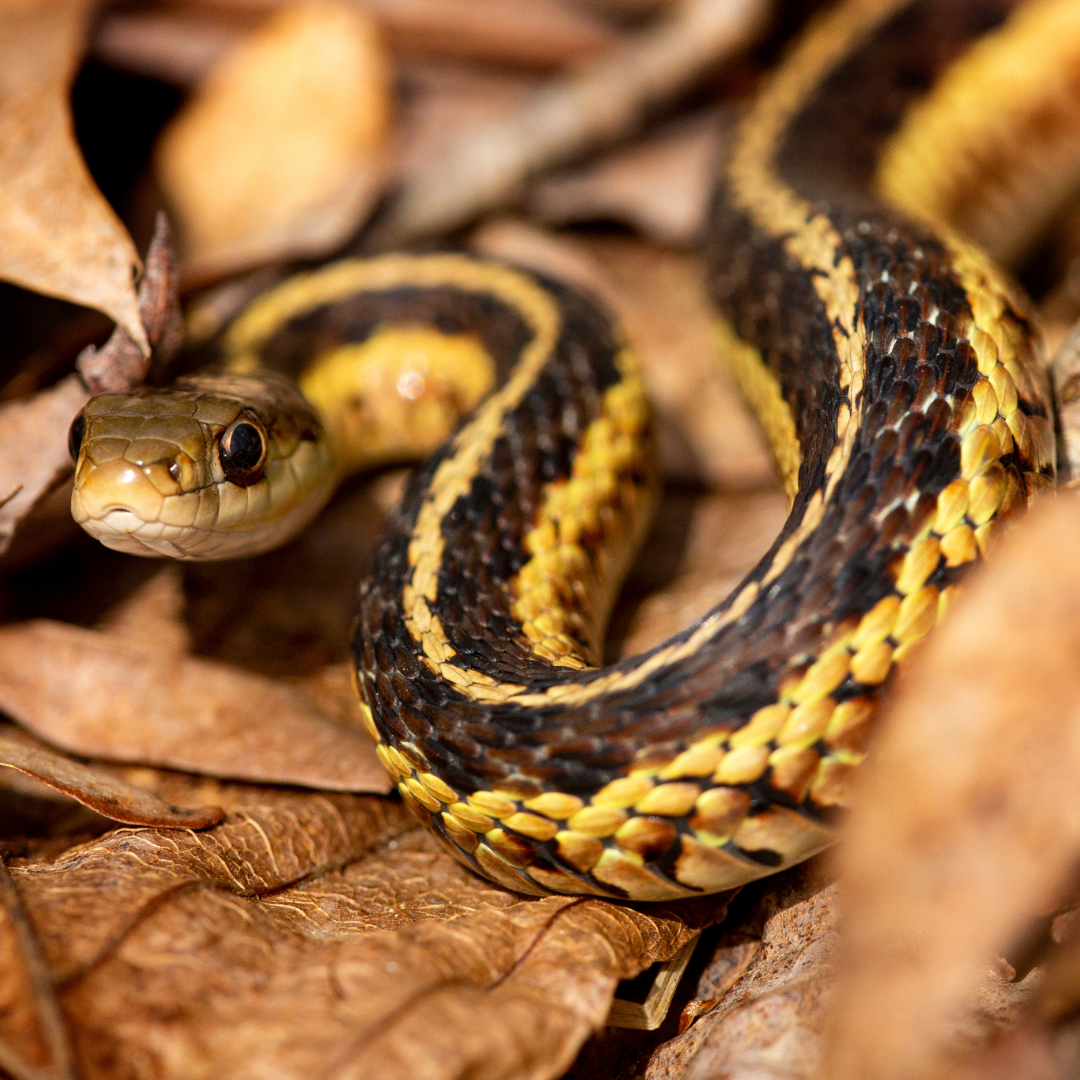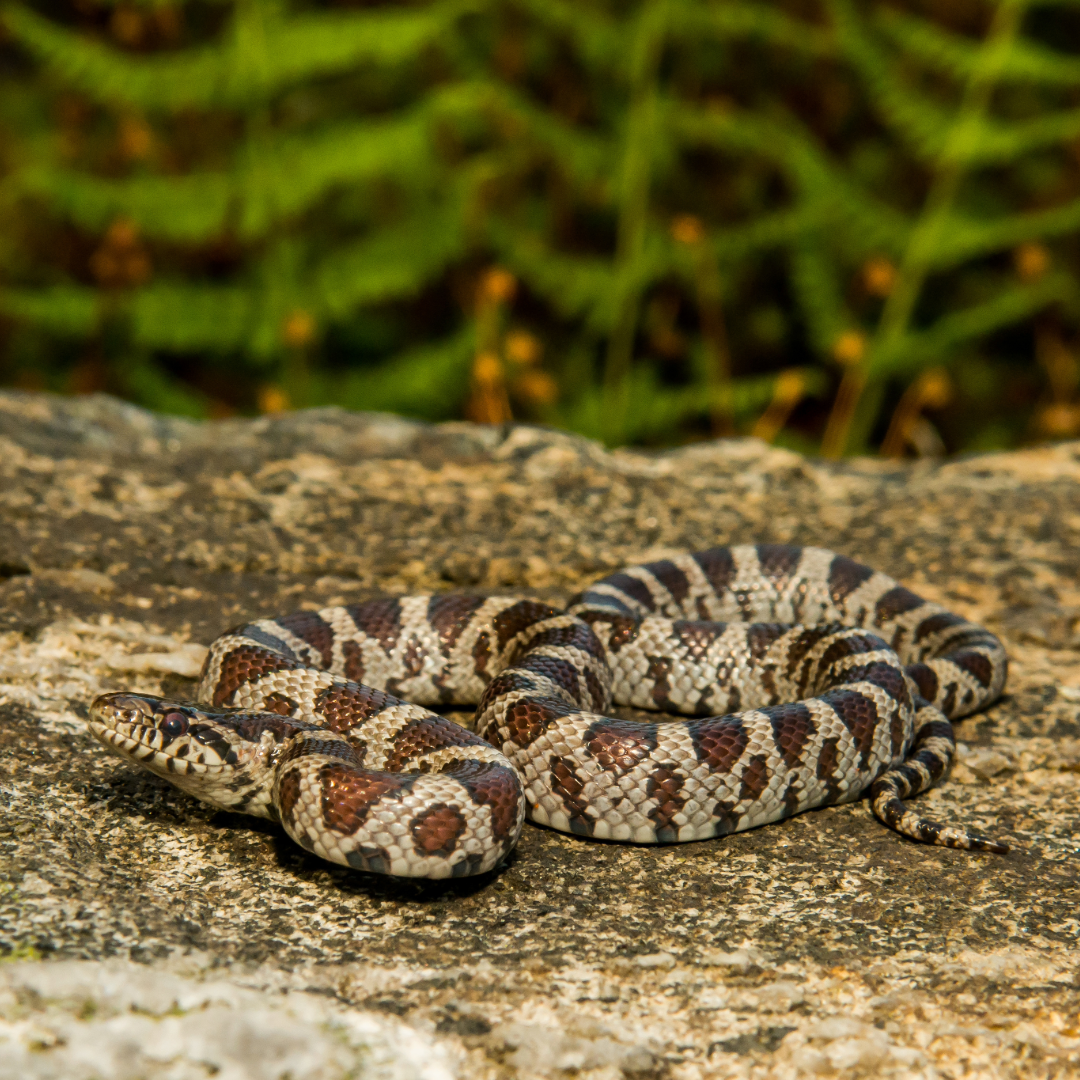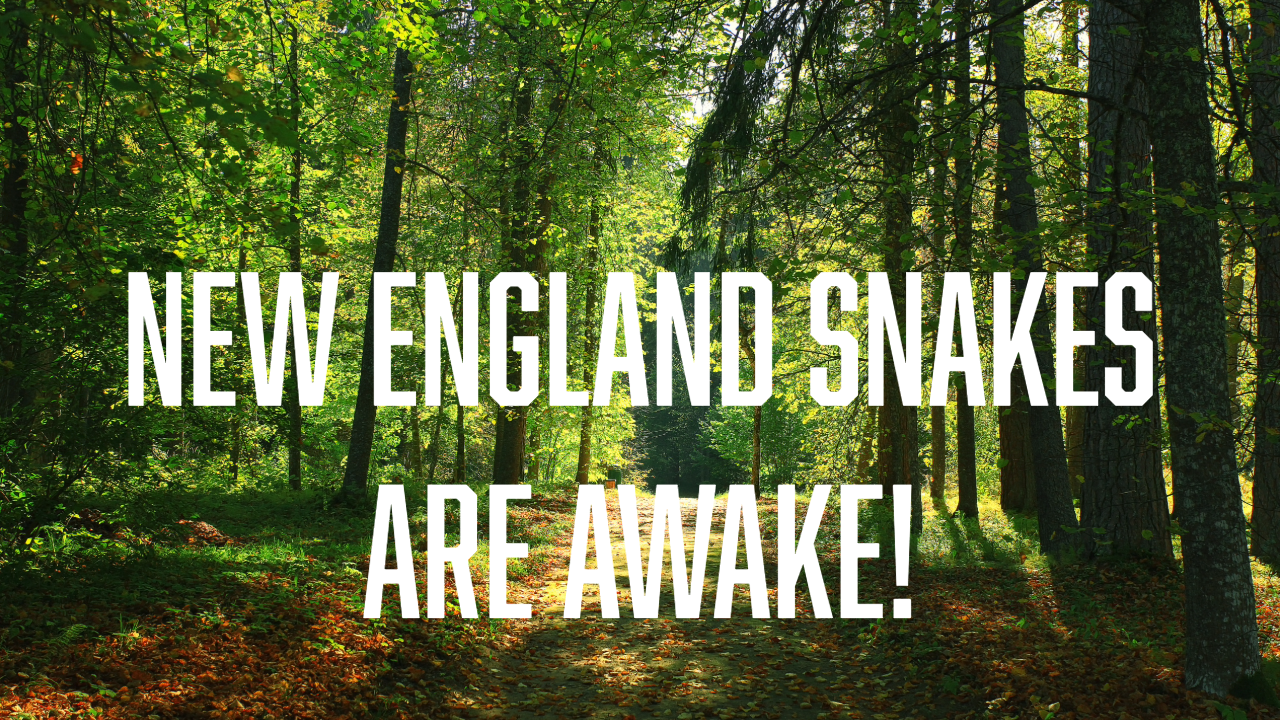
New England Snakes are Awake!
Spring has sprung in New England, and with the warming sun and blooming wildflowers comes a lively awakening of our region’s native reptiles. At Expedition Reptile LLC, we’re passionate about celebrating these fascinating creatures through our educational reptile shows, bringing the wonders of snakes and other reptiles to schools and communities across Connecticut, Massachusetts, and beyond. As the days grow longer, snakes are emerging from their winter brumation, basking in the sunlight and exploring their habitats. Just yesterday, while hiking in Berlin, Connecticut, I had the thrill of spotting three northern black racers sunning themselves on a rocky outcrop. I kept my distance, observed their sleek beauty, and watched as they slithered off, unbothered by my presence. This encounter inspired me to share the vibrant world of New England’s native snakes, highlighting which ones are harmless, which ones are dangerous, and why respecting their space is key to peaceful coexistence.
New England’s Native Snakes: A Diverse Cast
New England—comprising Connecticut, Maine, Massachusetts, New Hampshire, Rhode Island, and Vermont—is home to a diverse array of snake species. Across the region, 14 species are recognized as native, each adapted to thrive in varied habitats from wetlands to forests to suburban backyards. Below is the complete list of these snakes, drawn from reliable sources like the Connecticut Department of Energy and Environmental Protection and Mass Audubon, with notes on their status as harmless or dangerous.
The Complete List of Native New England Snakes
-
Common Garter Snake (Thamnophis sirtalis) – Harmless
Widespread and adaptable, garter snakes are often seen in gardens and fields. They have distinctive yellow stripes on a dark body and eat amphibians, insects, and small rodents. -
Common Ribbon Snake (Thamnophis saurita) – Harmless
Similar to the garter snake but slimmer, with bold burgundy stripes and a white eye spot. Found in wetlands, they feed on amphibians and fish. -
DeKay’s Brown Snake (Storeria dekayi) – Harmless
Small and shy, these beige-brown snakes with dark spots are common in urban areas, munching on slugs and insects. -
Eastern Hog-nosed Snake (Heterodon platirhinos) – Harmless
Known for dramatic displays like flattening its head or playing dead, this snake with a turned-up nose prefers toads and is rare in some states. -
Eastern Milk Snake (Lampropeltis triangulum) – Harmless
Often mistaken for a rattlesnake due to its mottled pattern, this snake vibrates its tail but is non-venomous, eating rodents and other snakes. -
Eastern Rat Snake (Pantherophis alleghaniensis) – Harmless
Connecticut’s longest snake, reaching up to 8 feet, it’s black with a white throat and preys on birds and mammals. Endangered in Massachusetts. -
Eastern Worm Snake (Carphophis amoenus) – Harmless
Tiny and earthworm-like, this secretive snake burrows in soil and eats soft-bodied insects. Threatened in Massachusetts. -
Northern Black Racer (Coluber constrictor) – Harmless
Sleek, fast, and black, racers are agile hunters of insects and small vertebrates, often seen sunning themselves. -
Northern Copperhead (Agkistrodon contortrix mokasen) – Dangerous (Venomous)
A pit viper with a copper-colored head and hourglass bands, copperheads are rare, found in localized areas like Norfolk and Hampden Counties in Massachusetts. Their venom can cause pain and tissue damage but is rarely fatal to humans. -
Northern Redbelly Snake (Storeria occipitomaculata) – Harmless
Tiny with a red belly, these snakes hide under logs and eat slugs and snails. -
Northern Ring-necked Snake (Diadophis punctatus) – Harmless
Slender with a yellow neck ring, they’re nocturnal and eat small amphibians and insects. -
Northern Water Snake (Nerodia sipedon) – Harmless
Often mistaken for the venomous cottonmouth (which doesn’t live in New England), these robust snakes inhabit waterways and eat fish and amphibians. -
Smooth Green Snake (Opheodrys vernalis) – Harmless
Bright green and slender, they blend into meadows, feeding on insects and spiders. -
Timber Rattlesnake (Crotalus horridus) – Dangerous (Venomous)
A rare pit viper with a rattle and V-shaped bands, found in mountainous areas. Its venom, containing hemolytic and neurotoxic components, can be serious but is rarely fatal with prompt medical care. Endangered in multiple states.
Harmless vs. Dangerous: Understanding the Divide
Of the 14 native snakes in New England, only two—the northern copperhead and timber rattlesnake—are venomous and thus potentially dangerous. Both are pit vipers, characterized by triangular heads, cat-like pupils, and heat-sensing pits. They’re extremely rare, state-listed as endangered in Massachusetts, and protected in many areas. Bites are uncommon, typically occurring only if the snake is stepped on or harassed, and fatalities are exceptionally rare—Massachusetts has recorded just one snakebite death in over 200 years. Please do not ever approach or touch one of these snakes. Observe from a safe distance then move on.
The remaining 12 species are non-venomous and harmless to humans. These snakes may bite if provoked, but their bites cause only minor discomfort, akin to a scratch. Many, like the eastern hog-nosed snake, employ bluffing tactics—hissing, tail-rattling, or playing dead—to avoid conflict. Harmless snakes play vital roles in ecosystems, controlling pest populations like rodents and slugs, which can carry diseases or damage crops. So please be considerate and leave these beautiful snakes alone.
A Springtime Encounter in Berlin, CT
Yesterday’s hike in Berlin, Connecticut, was a perfect reminder of why spring is such an exciting time for reptile enthusiasts. As I trekked along a sunny trail, I spotted three northern black racers stretched out on a warm rock, their glossy black scales gleaming. These snakes, known for their speed and agility, were basking to regulate their body temperature after months of brumation. I paused, keeping a respectful distance, and simply watched. Their alertness was evident, but they showed no signs of distress—no tail-rattling or defensive postures. After a few minutes, they glided into the underbrush, likely in search of insects or small prey.
This encounter underscores the beauty of observing wildlife without interfering. At Expedition Reptile LLC, we emphasize respect for nature in our educational programs, teaching students and audiences how to appreciate reptiles safely. Had I tried to touch or catch those racers, they might have felt threatened and attempted to bite—though, as harmless snakes, their bite would’ve been no worse than a pinprick. By giving them space, I ensured their comfort and my own safety, creating a moment of connection with the natural world.
Have a look at the photo to the right, can you spot the black racer? I almost didn’t!
Why Spring Awakens Snakes—and Our Curiosity
Spring is a time of renewal for snakes. After brumating through winter, they emerge to bask, hunt, and, later in the season, mate. You’re likely to spot them in sunny spots like rocks, trails, or even suburban yards, where they seek warmth or cover under woodpiles and shrubs. This increased activity makes spring an ideal time to learn about and appreciate New England’s snakes.
At Expedition Reptile LLC, our mission is to spark curiosity and dispel myths about reptiles. Our live reptile shows, tailored for schools, libraries, and events, bring snakes like garters and milk snakes up close (safely!), showing audiences their unique traits and ecological importance. We teach that snakes, even the venomous ones, aren’t out to harm us—they’d rather avoid humans altogether. By understanding their behaviors and habitats, we can coexist peacefully.
Tips for Safe Snake Encounters
If you’re out hiking or gardening this spring and spot a snake, here’s how to enjoy the moment safely:
-
Keep Your Distance: Observe from a few feet away to avoid startling the snake.
-
Don’t Touch or Provoke: Even harmless snakes may bite if they feel threatened.
-
Identify Carefully: Use a field guide to distinguish venomous snakes (triangular head, elliptical pupils) from harmless ones (round pupils, slender heads).
-
Report Rare Sightings: If you see a timber rattlesnake or copperhead, report it to local wildlife authorities, like Connecticut’s DEEP or Massachusetts’ MassWildlife, to aid conservation.
-
Create Snake-Friendly Yards: Leave woodpiles or tall grass as habitat, but discourage snakes from patios by covering steps with textured mats.
Join Expedition Reptile LLC in Celebrating Snakes
As spring unfolds, we invite you to explore this world with us. Book an educational reptile show with Expedition Reptile to meet our ambassador snakes and learn how these creatures enrich our ecosystems. Whether you’re a teacher planning a school assembly or a parent hosting a birthday party, our programs inspire awe and respect for reptiles.
Let’s celebrate the season of slithers! Share your snake sightings with us, and together, we’ll cultivate a deeper appreciation for New England’s remarkable reptiles.
